Is exercise safe when you have hemophilia?
Learn why exercise can have numerous benefits to hemophilia patients and how to exercise safely.
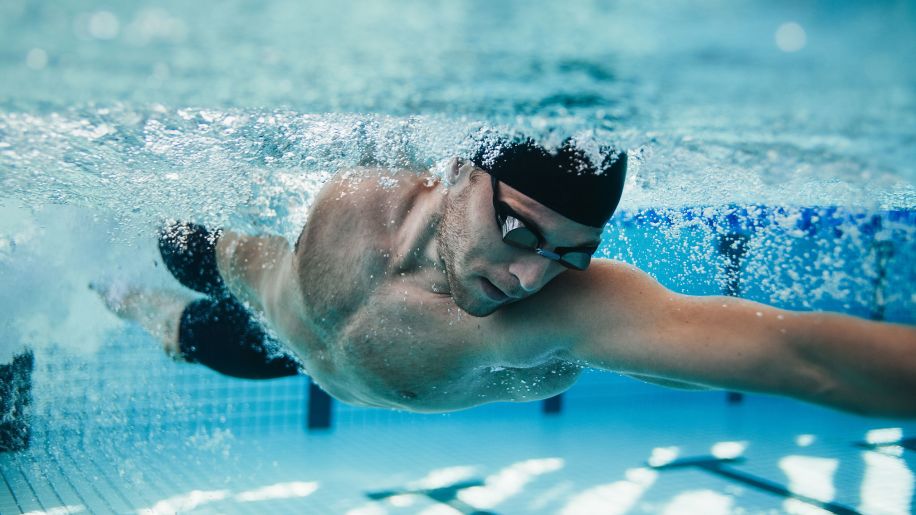
Hemophilia is a disorder where the body does not make enough clotting factor—proteins in the blood that help the body stop bleeding—or the clotting factor the body does make is ineffective. People with hemophilia often bruise easily, and they may bleed for a longer period of time when they sustain a cut or injury. People with hemophilia are also at risk for internal bleeding. This can include bleeding in the joints, which is painful in the short term and can cause damage to the joints over time. In severe cases, hemophilia can cause bleeding in the brain (called intracranial hemorrhaging), which can be fatal and requires emergency medical treatment.
Given the potential complications of hemophilia, some people with the condition may wonder if it is safe to exercise, play sports or engage in other activities. The good news is that people with hemophilia are encouraged to exercise, and that many forms of sports and activities are safe for people with hemophilia.
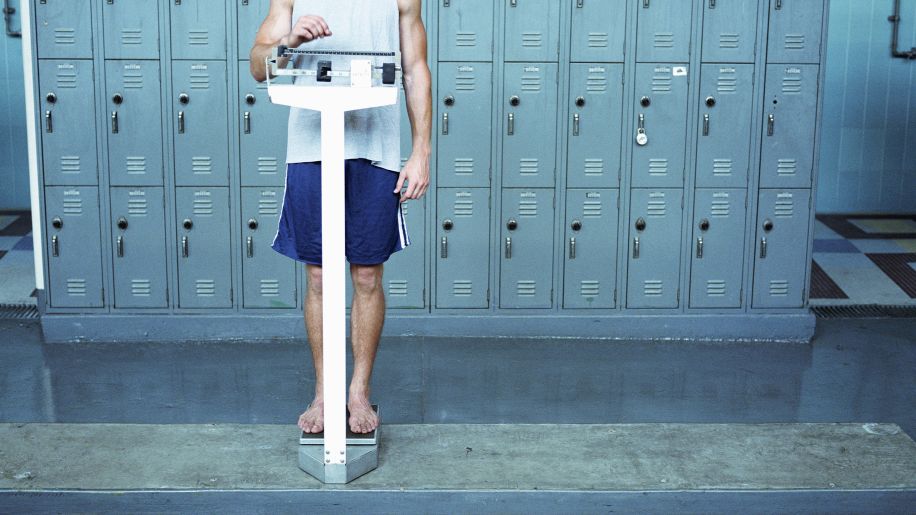
Physical Benefits
Regular exercise has many benefits, and many of those benefits are the same whether a person has hemophilia or not. Some of those benefits include reducing the risk of conditions like cardiovascular disease, diabetes and obesity. They also include increased muscle strength, flexibility and bone density. Maintaining a healthy bodyweight and having a stronger, more flexible body will put less stress on the joints. And less stress on the joints can help prevent bleeding in the joints and also protect the joints from the damage. Exercise also improves balance and coordination, which can help reduce the risk of falls and fall-related injuries.
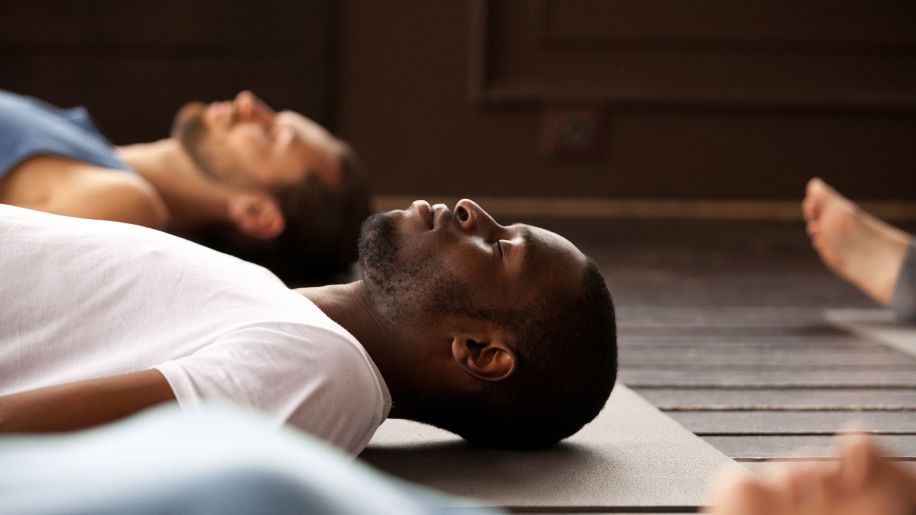
Mental Benefits
The benefits of exercise are not only physical. It is well established that exercise also has numerous mental and emotional benefits, including lowering the risk of mental illnesses like depression and anxiety, improving the quality of sleep and lowering stress. Group activities, teams and fitness classes can also provide much-needed socialization, which can also have numerous benefits to a person’s mental and emotional health. This is often mentioned in regards to children with hemophilia and the decision of what sports to participate in, but it applies to adults as well, especially older adults—research has suggested that both exercise and maintaining close friendships may prevent mental decline in old age.

Risks
Certain activities and forms of exercise carry a greater risk of injury than others. Generally, low-impact, non-contact sports offer the lowest risk of injuries and are what is recommended for people with hemophilia. These include activities like walking, swimming, cycling, yoga, Pilates and dance. Conversely, sports and activities that involve bodily contact, impact and speed put a person at a greater risk of injury. Activities such as boxing, martial arts, basketball and soccer are all examples of high-impact contact sports, and are generally not recommended. Sports like motocross or mountain biking—where a fall means a hard impact at a high speed that can result in life-threatening injuries—are also not recommended.
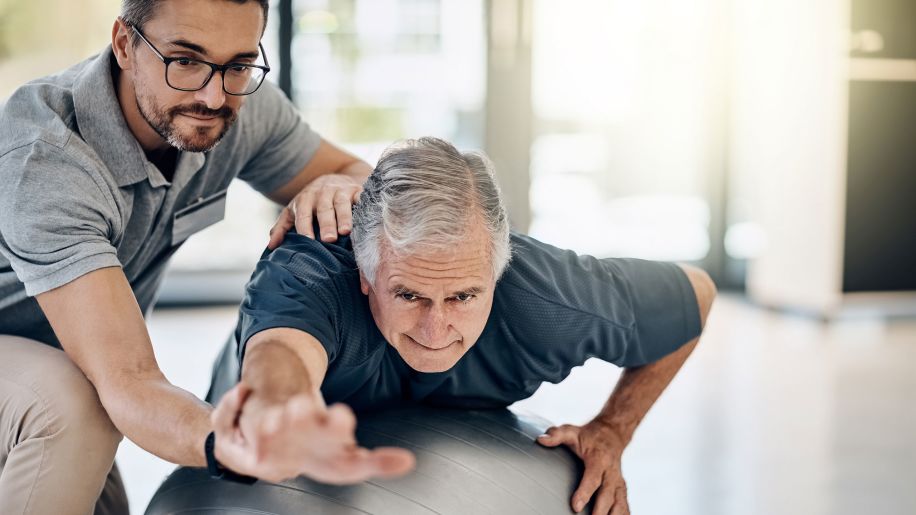
Precautions
People with hemophilia, or any chronic condition, should consult with a healthcare provider before starting a new sport or activity. Talk about whether the activity is appropriate to your condition and your fitness level, the safety gear you’ll need, the precautions you should take to protect yourself and what to do in case of an injury or an emergency. For target joints—joints that have had a bleed in the past or a history of bleeds—you may need to wear braces or additional padding to protect those joints from injury. If you are new to exercise or a particular form of exercise (such as weightlifting) you might want to consider working with a professional trainer or physical therapist to learn safe practices and proper techniques.
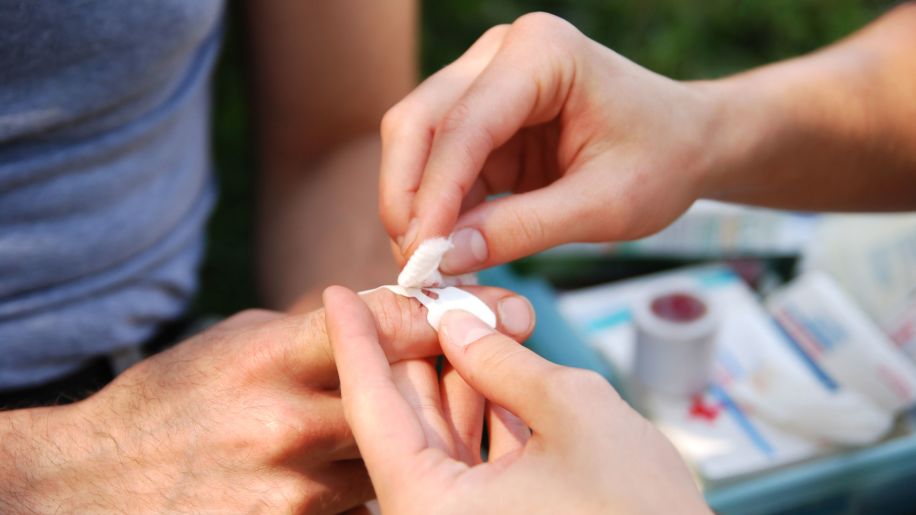
Preparations
You will need to be prepared for the event that you are injured or experience a bleed. Make sure that whenever you are participating in a sport or activity that you have access to a first aid kit containing the medical supplies that you will need and contact information for a nearby hemophilia treatment center or emergency room. You should also wear a medical ID that identifies you as having hemophilia, make sure that your peers, coaches and instructors are aware of your condition, and make sure that your emergency contact information is up to date.
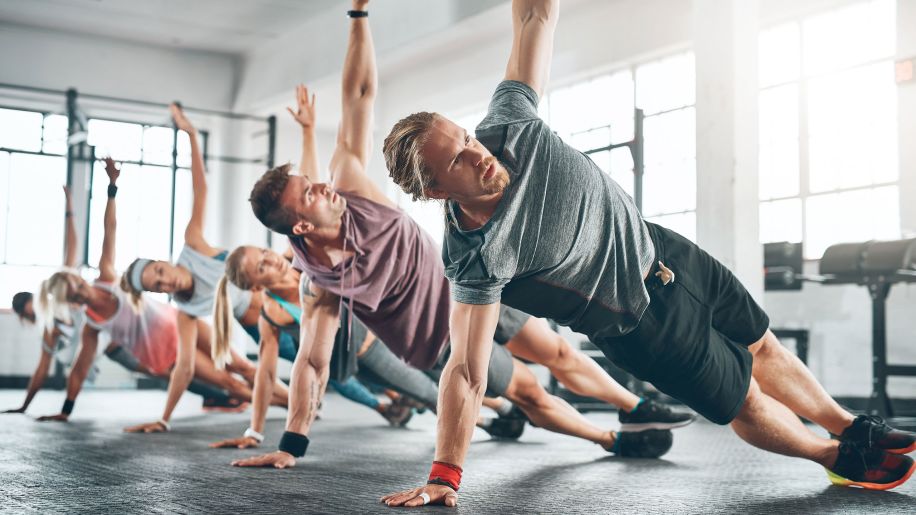
Recommendations
While you may need to take some added considerations, precautions and preparations, participating in a sport or activity is recommended. The risks of an injury are relatively low, and exercise has many benefits to your physical and mental well-being. While everyone’s fitness level will be different, especially when starting out, the National Hemophilia Foundation recommends 150 minutes of moderate-intensity aerobic activity each week, plus strength training exercises. When choosing an activity or a form of exercise, it is important to choose something you enjoy. Remember, many sports and activities can be modified or adapted to decrease your risk of an injury.
Featured Content

article
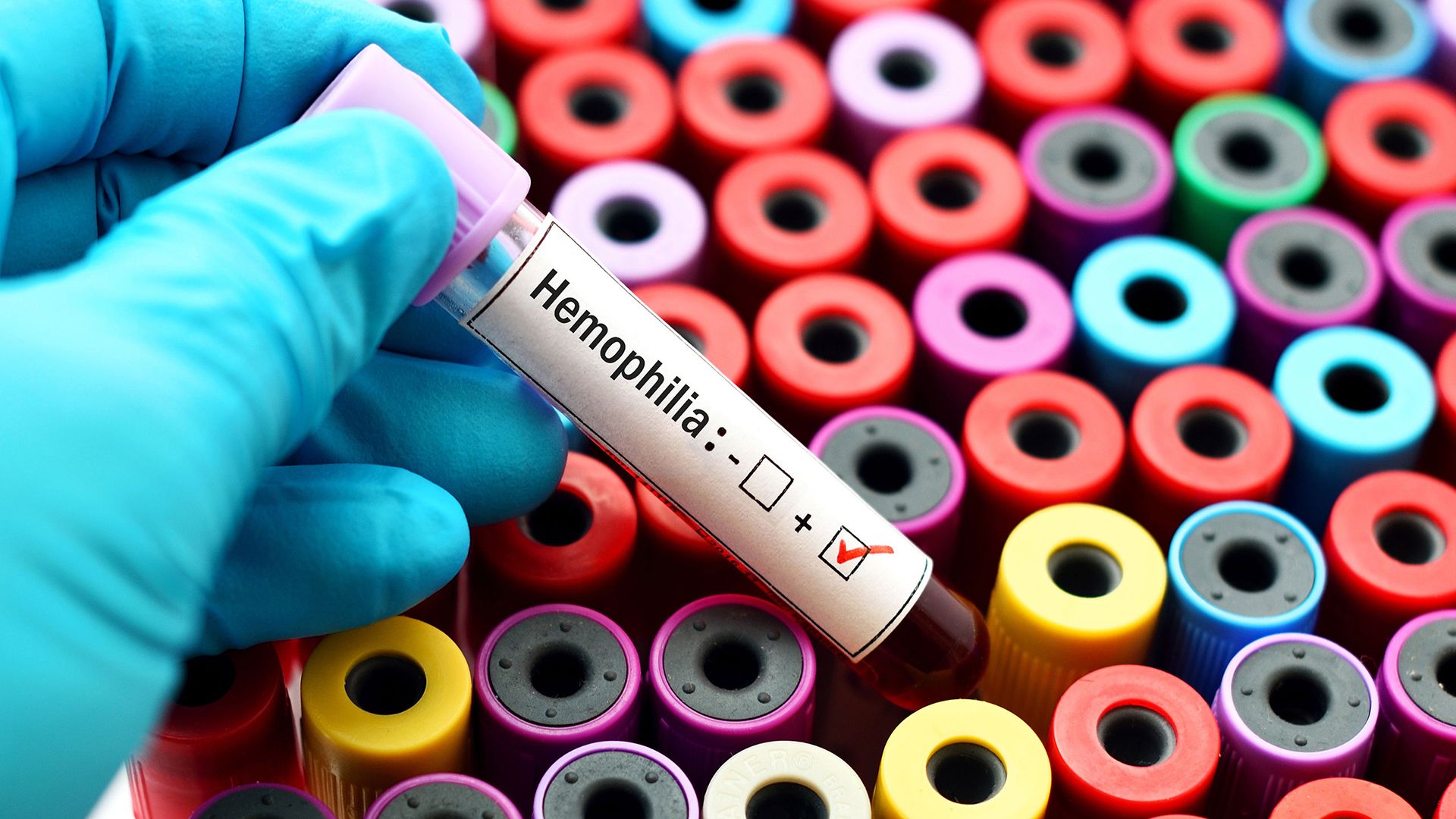
article

article

article
